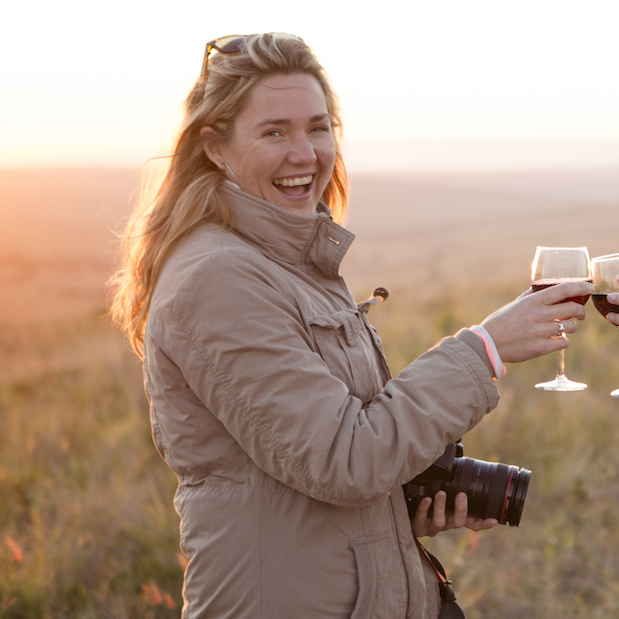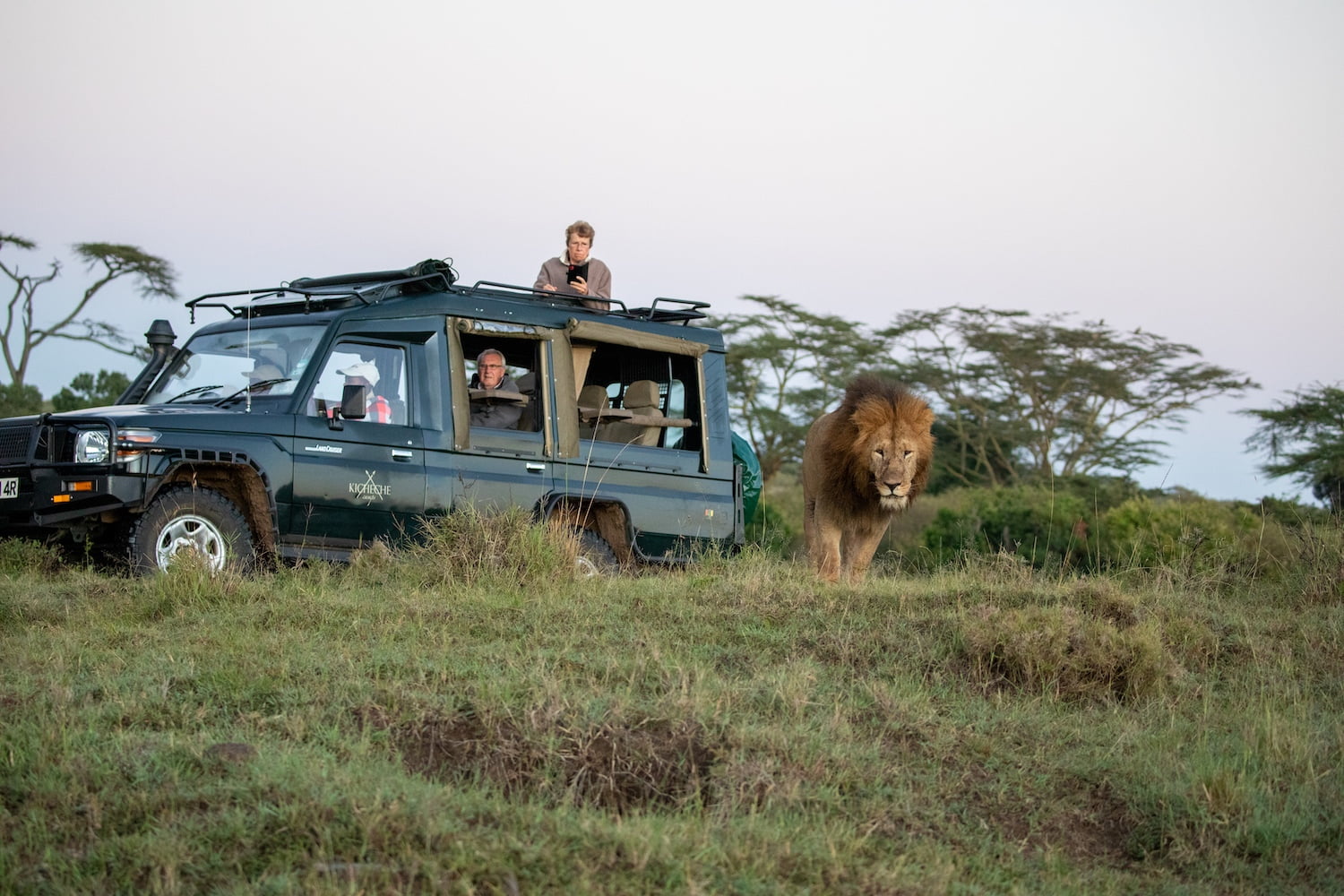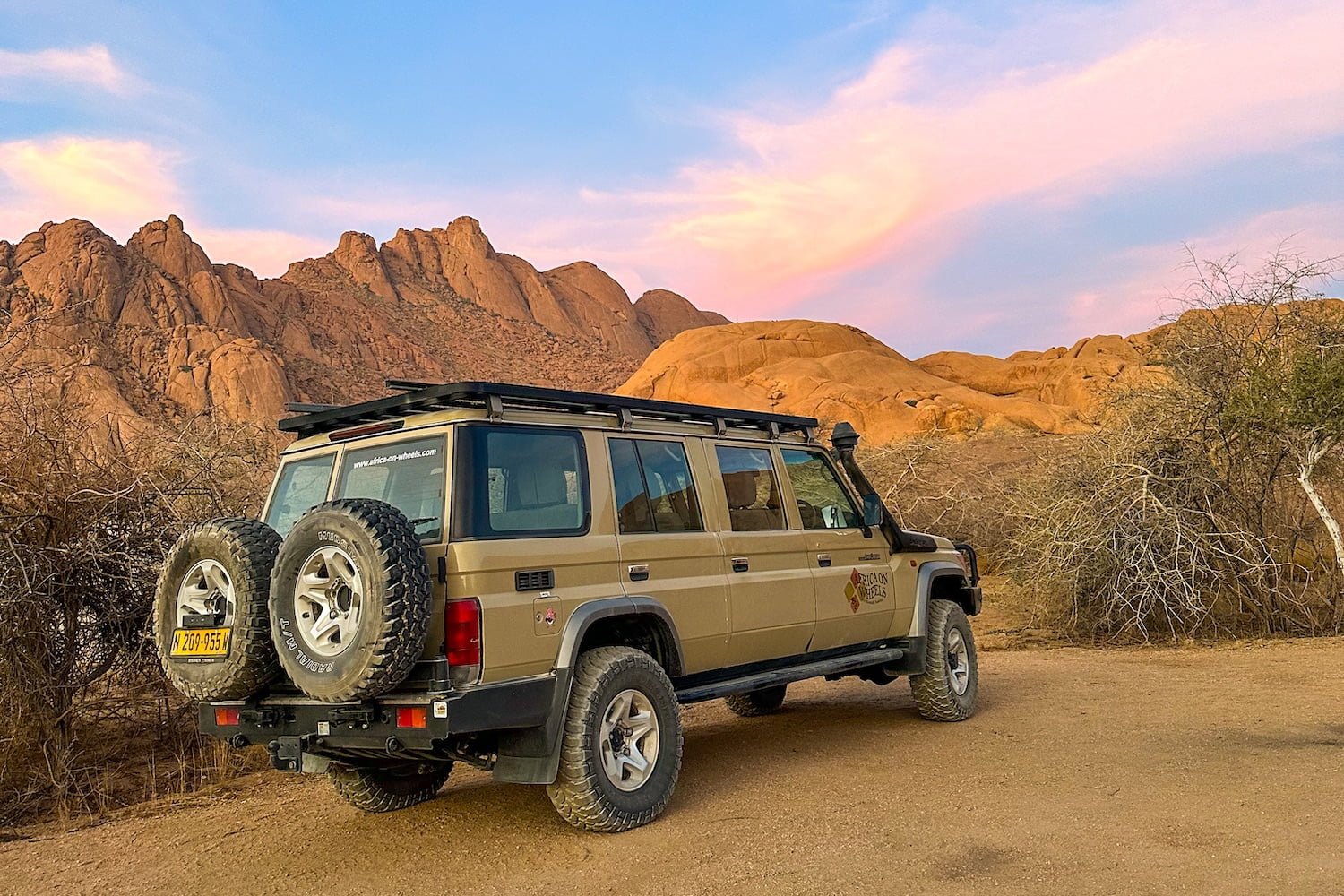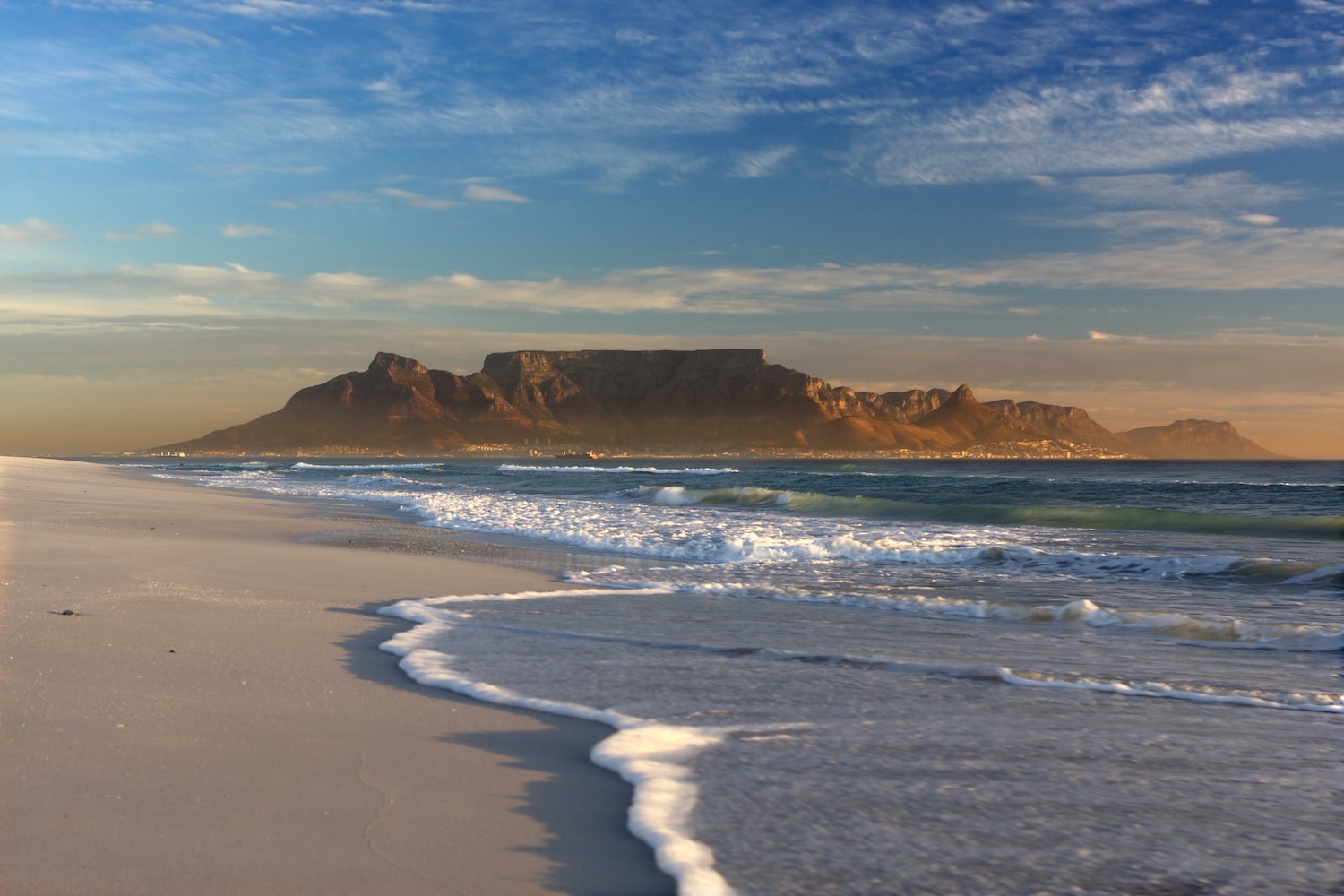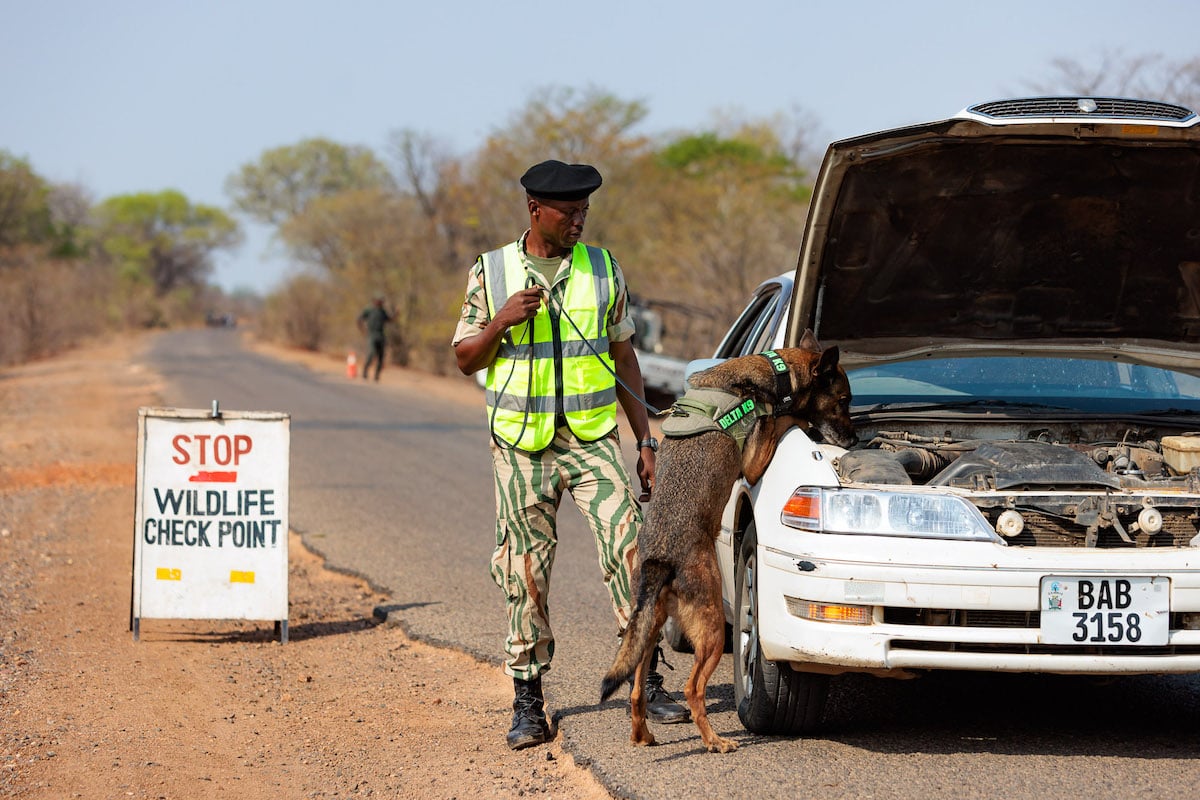How Can I Reduce Emissions on Safari?
Carbon emissions are a key reason for global warming that, in turn, results in manmade climate change that brings with it ever-more extreme weather events as well as drought, floods, desertification and deforestation. All of this results in habitat loss and threatens the survival of thousands of species, many of which are already on the brink.
While safaris take us into pristine natural environments and fragile ecosystems, they also produce emissions that ironically add to the damage done to these wild places. Fortunately, the safari industry recognises this dilemma and is constantly working to find genuinely environmentally friendly solutions to minimize the impact of vehicles, guests and buildings.
At Biggestleaf Travel, here are the ways we help our clients reduce their emissions and curtail their environmental impact while in the bush:
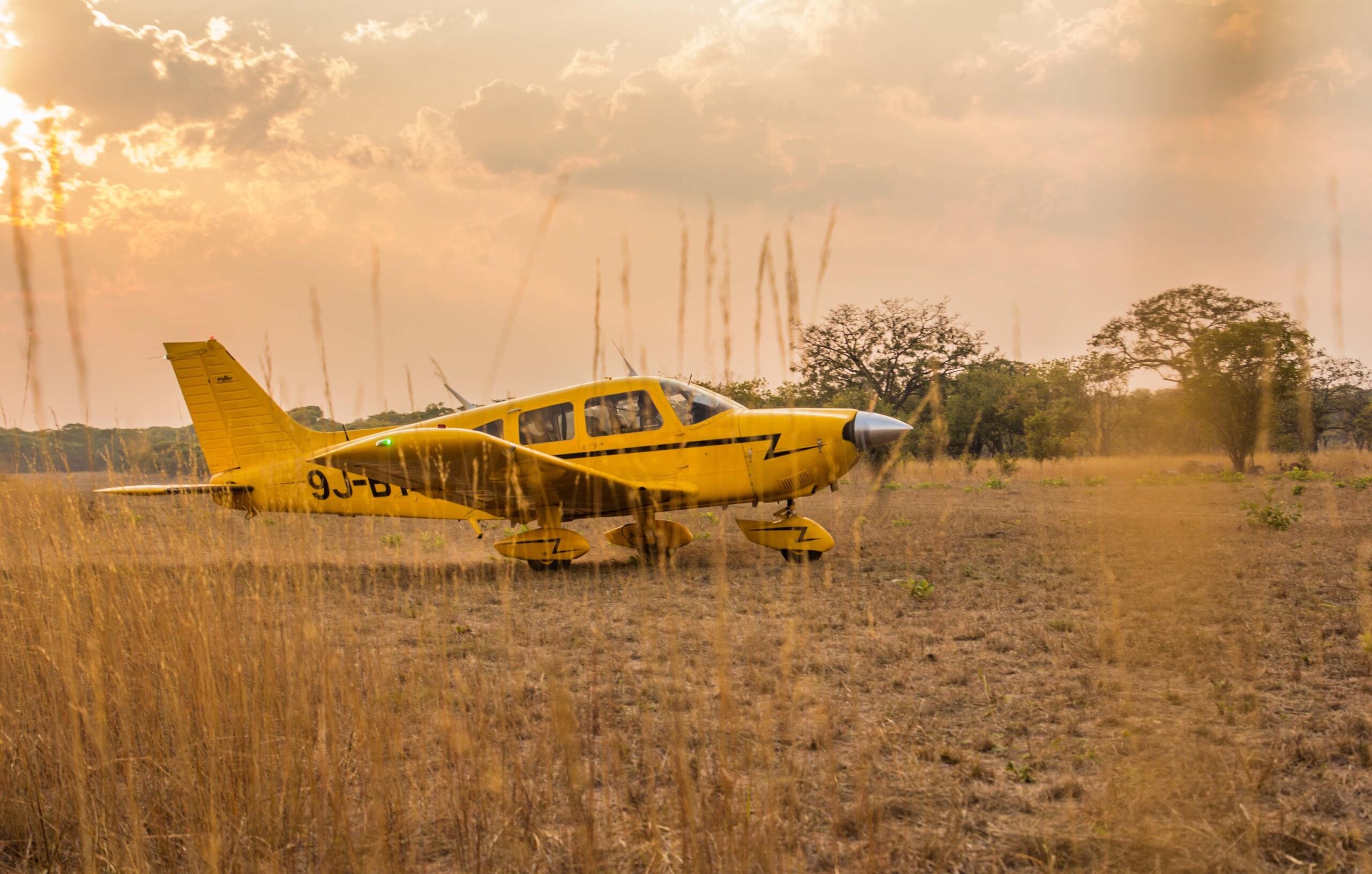
What’s covered in this guide
Explore the highlights of this post with ease by using the table of contents below to navigate to sections of interest.
Offset the emissions of your flight
Long-haul flights are one of the biggest producers of carbon for individuals. Be cognisant of your how much carbon your roundtrip flights produce and, if possible, budget to pay to offset them.
We can help you find suitable flights and, if necessary, our travel partners can book them for you.
Use a carbon-neutral transfer company – like Biggestleaf Travel
‘Transfers’ are the way you get from the airport to your hotel, lodge or activity. In many places, e-hailing services like Uber are not available and it is not feasible to drive yourself as rentals may not be available or road conditions may require significant experiences with 4x4s (it may also not be permitted for guests to drive as a part of routine security checks).
This is where transfer companies come in. We will book all the transfers you need to get between airports, camps, hotels, restaurants and so forth. Even better, if you are landing in Johannesburg and going onto Pilanesberg National Park, Madikwe Game Reserve or Welgevonden Game Reserve, our own award-winning transfer division will drive you there. We offset all the emissions from our transfers for every passenger at no cost to you. In this way, you can be sure that at least one leg or aspect of your safari is completely emission-free.
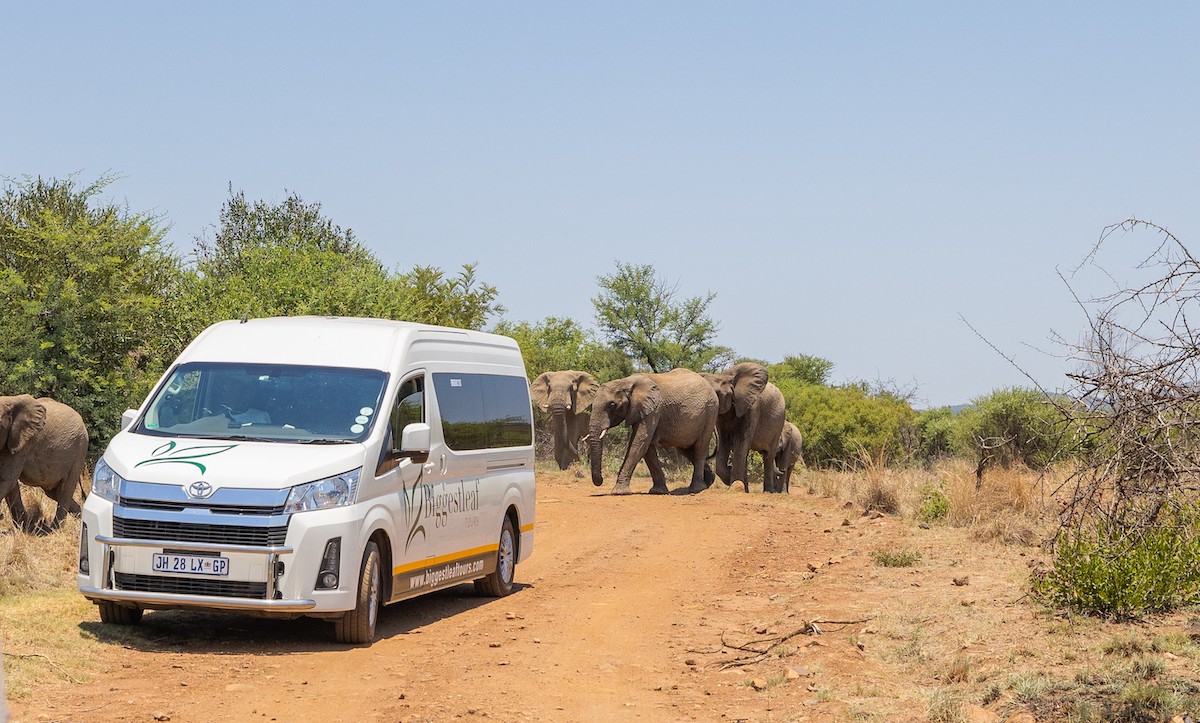
Our award-winning service offers carbon-neutral transfers to several Big 5 reserves in South Africa.
We won a 2025 International Sustainability Award for setting a new new benchmark for holistic, sustainable and responsible tourism. You can read more here.
Choose a lodge that is environmentally friendly – and Biggestleaf Travel will offset your stay outside South Africa
Once you’re on safari, your accommodation is crucial to continuing your carbon reductions. Again, our consultants can help you make better choices by suggesting lodges and camps that have:
- Solar power While there is a carbon cost to producing, shipping and trucking in solar panels, once installed, they can provide significant power to run a lodge. More and more lodges are moving away from old-school ‘donkey boilers’ (which burnt large amounts of wood) and diesel-powered generators (except in cases of emergency or as a back-up if solar power fails).
- Kitchen gardens or shumbas In East Africa especially, many lodges have vegetable gardens to ensure the menu is full of fresh produce so it doesn’t have to be flown or trucked in. This is not permitted in other countries such as Botswana because of the fear that alien species could take root. In cases like that, we can find out if the majority of the menu is locally sourced, which cuts down on its carbon footprint. Many lodges will try to work with nearby farmers to generate jobs.
- Accommodation and furniture built by local artisans. Setting up a lodge is an enormous undertaking and literally every item – from pillows and blankets to art and décor – has to be trucked or flown in. Again, the more items are produced locally, the smaller the lodge’s carbon footprint. These may be more rustic or not as refined as items from overseas but they are more environmentally sound.
- Local staff. The more staff a lodge employs from the surrounding communities or nearby towns, the fewer emissions are produced when they go home on leave. Many safari companies have active upskilling and training programmes to recruit employees from their neighbouring villages wherever possible.
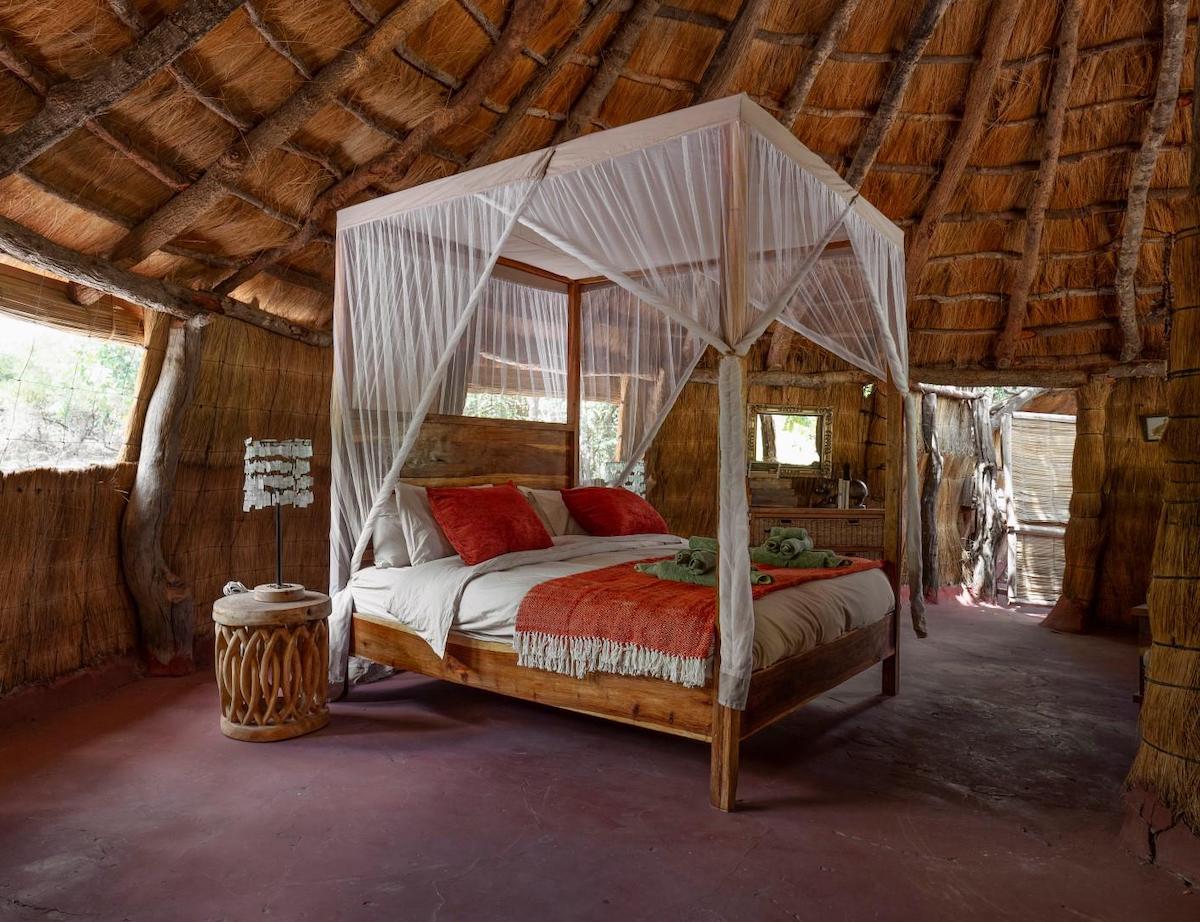
Simple camps built from local materials by traditional artisans have lower carbon footprints.
The most environmentally friendly options are seasonal bush camps (built in Zambia every year from thatch by local artisans), tented camps (especially in places where law decrees that no concrete can be used such as the Okavango Delta) and fly-camping (literally a bedroll, a mosquito bed and you!). At Biggestleaf Travel, we offset the bed nights of all our clients on safari outside South Africa as part of our mission to make their vacations more sustainable.
Opt for electric or hybrid vehicles
While they are still being perfected, electric or hybrid game-drive vehicles (or even fuel cell electric vehicles – FCEVs – that use hydrogen) are being trialed in several areas. Like solar panels, there is a carbon cost to their production and delivery but the benefits are no emissions or noise (a boon if you are recording, photographing or watching notoriously skittish animals).
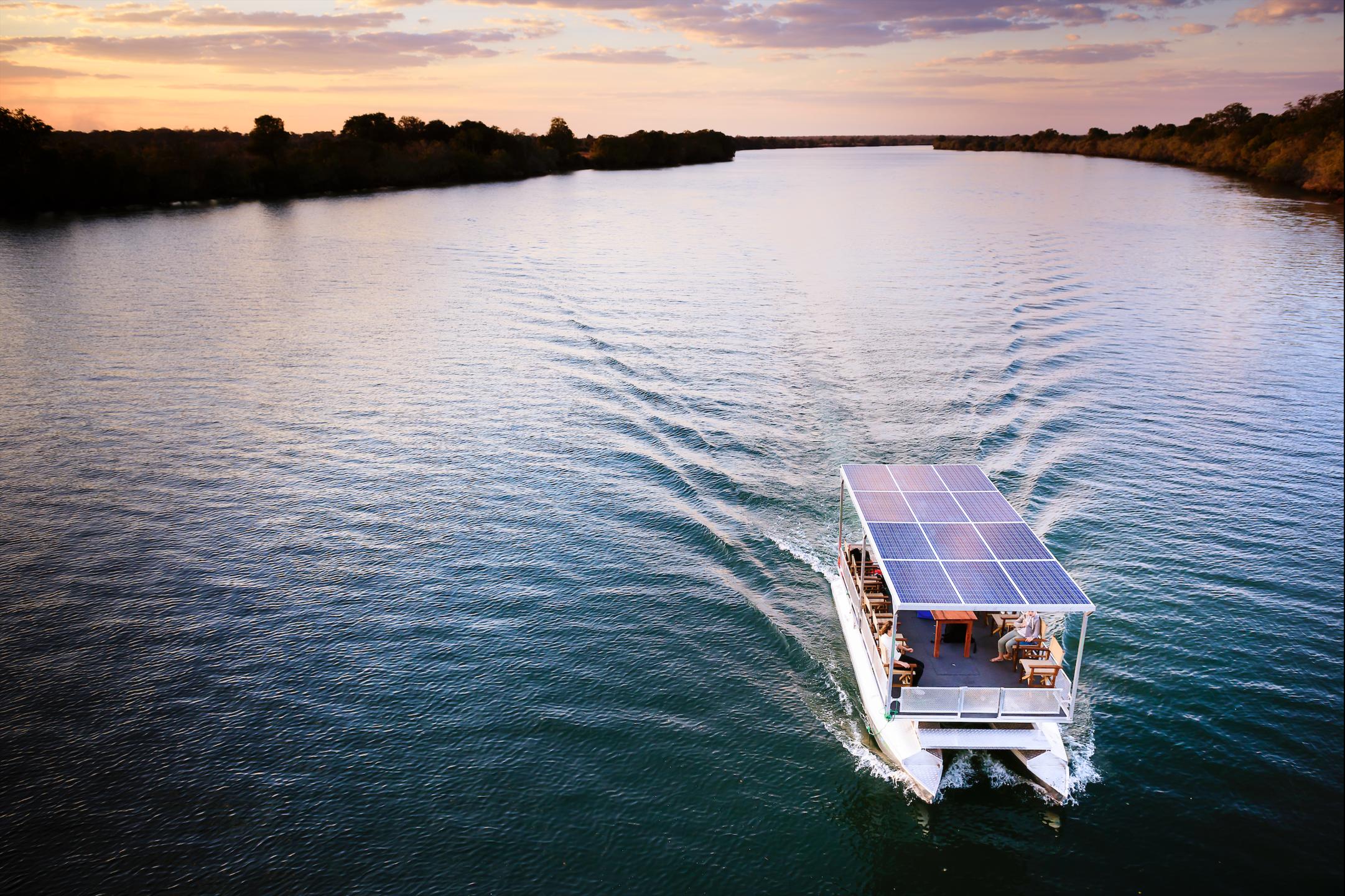
The technology for electric boats and game-drive vehicles is constantly improving.
Consider your activities carefully
Any activity involving a vehicle or fuel is generally a higher carbon emitter. Some great options if you want to reduce your footprint are:
- Nature walks Generally an easy, two-hour walk around the lodge with a guide looking at birds, insects, flowers, spoor and other ‘small things’ you miss on a traditional game drive.
- Kayaking or canoeing The ultimate way of being on the water that relies purely on muscle power.
- Walking safaris A true adventure: every morning you lace up your boots and set out on foot to find game.
- Mountain biking Where safe, more and more camps are offering the option of going on an MTB.
- Twitchers often prefer to be on foot so as not to scare birds away and to be able to get right under trees or near bushes.
- Non-motorised watersports. In some beach and island areas, only non-motorised watersports like stand-up paddle boarding are allowed.
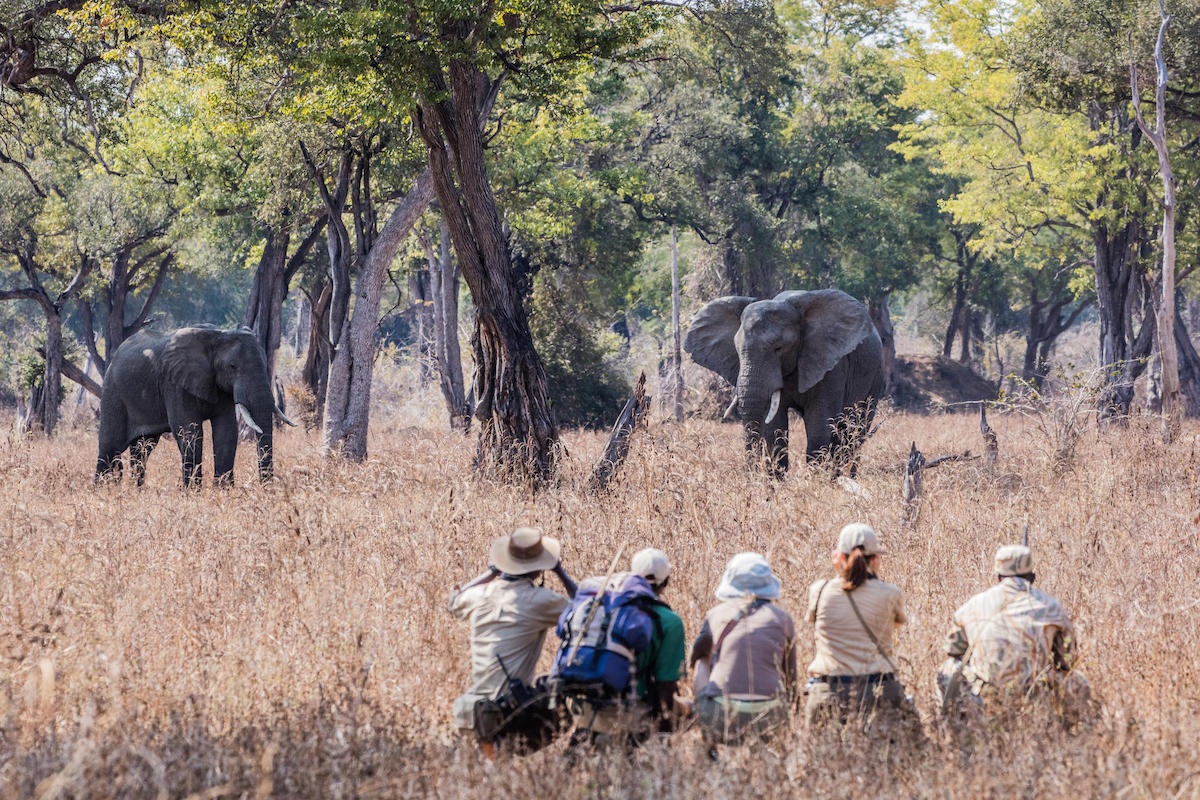
Leave the vehicle behind and set out on a nature walk or exciting walking safari.
With careful planning and allowing us to research all the options, it is possible to significantly reduce your emissions when you come on safari. Because we are passionate about keeping Africa’s wild spaces thriving, let us help you plan an environmentally conscious vacation.
PHOTOS Chikoko Tree Camp, Ila Safari Lodge and McBride’s Camp

